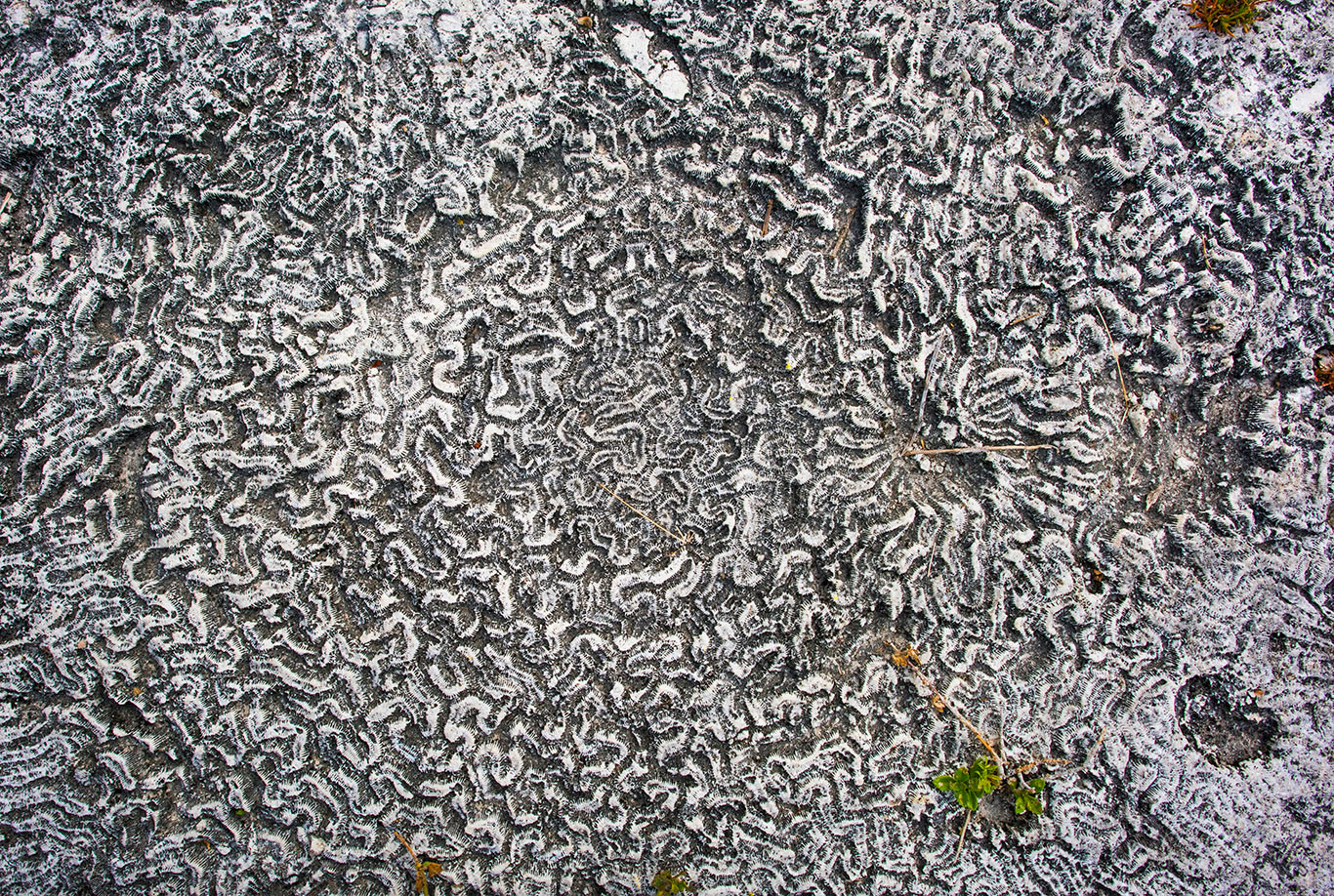UF climate scientist Andrea Dutton looks into Earth’s past to predict the patterns of future sea level rise.
Before Andrea Dutton was a geologist, she was an amateur gymnast. So, when her field research on sea level rise requires her to free-climb granite cliffs in search of fossil corals, while carrying a surveyor’s tripod, a drill, and a jug of seawater, that ingrained nimbleness is a big help.
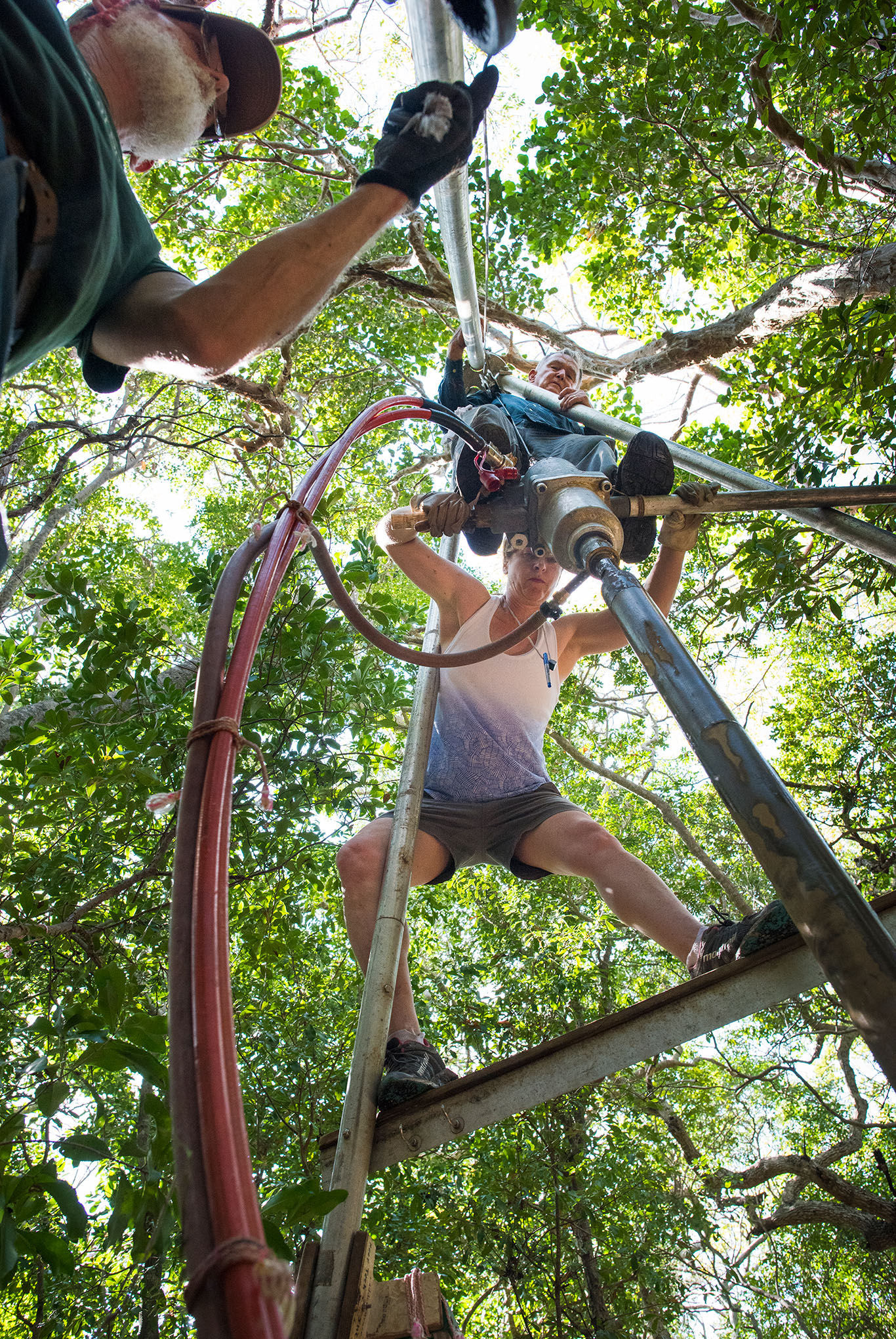 The canopy of lignum vitae trees provides the backdrop while Professor Andrea Dutton operates the drill, standing on the tripod custom built by Harold Hudson (Reef Tech Inc.). Dow Van Arnam, an engineering technician in the Department of Geological Sciences, operates the winch on left.
The canopy of lignum vitae trees provides the backdrop while Professor Andrea Dutton operates the drill, standing on the tripod custom built by Harold Hudson (Reef Tech Inc.). Dow Van Arnam, an engineering technician in the Department of Geological Sciences, operates the winch on left.Though the geologic record can’t tell us what will happen in this century, it can give us longer-term information that we would be wise to take seriously.
On the beaches of the Seychelles Islands off the coast of Africa, Dutton and colleagues looked for intact corals that once grew just below the surface of the Indian Ocean some 125,000 years ago, the last time Earth was warm enough to cause glaciers to retreat. Today, some of those corals stand 25 feet above the beach, resting on granite boulders. The tropical rains and sea air have eroded the granite into billow as smooth as gray silk, and few of the ancient corals are intact. But those that survived may help us understand how much sea levels could rise if greenhouse gas emissions continue at their present rate.
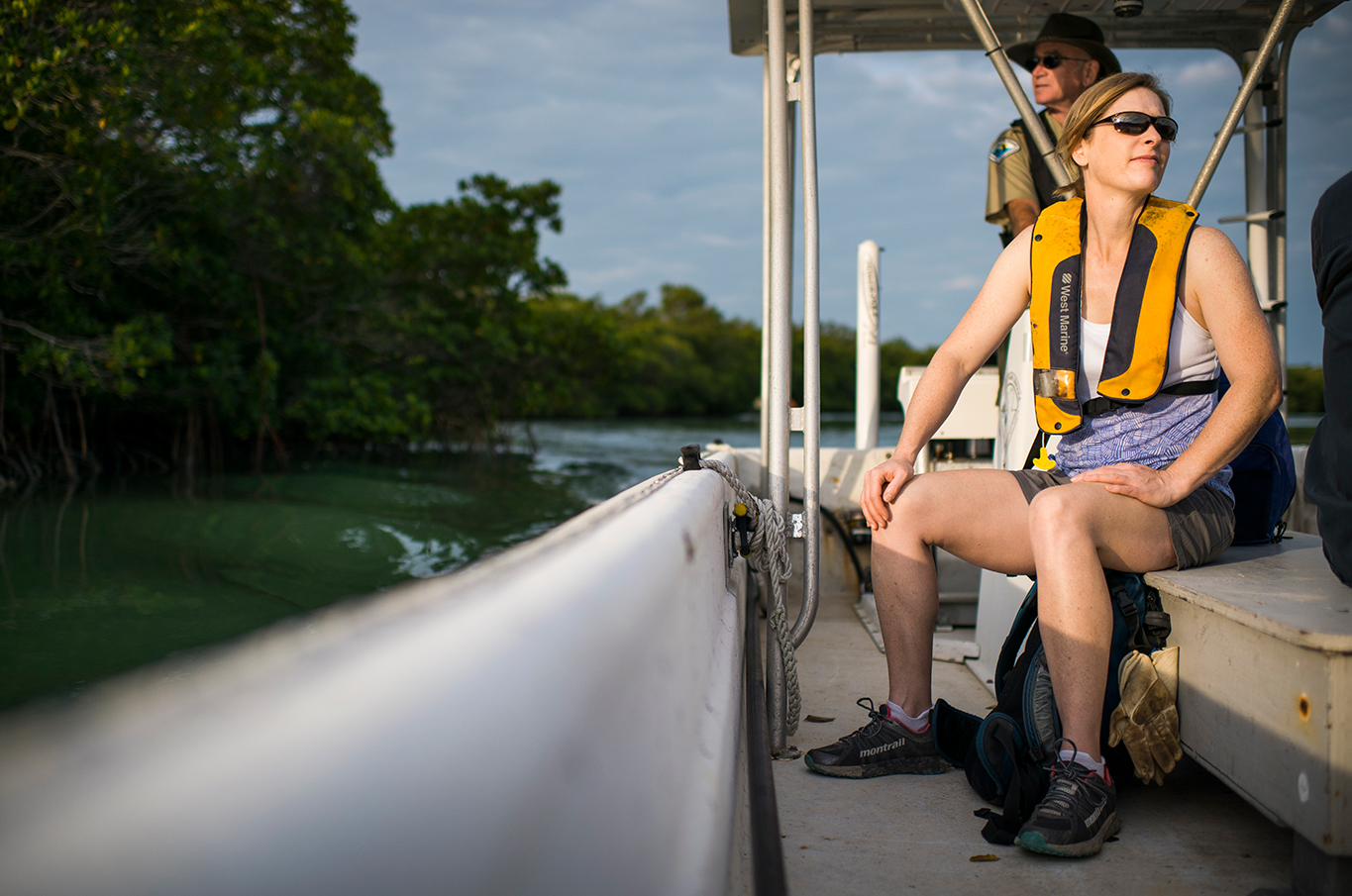 Riding out to Lignumvitae Key past the mangroves on a Florida State Park boat.
Riding out to Lignumvitae Key past the mangroves on a Florida State Park boat.
Dutton, an assistant professor of geological sciences, is an expert on the paleoclimate, or Earth’s climate at earlier periods in geologic time. Since climate models alone cannot narrow the uncertainty about sea level rise, paleoclimatologists look to ancient corals, sediments, ice cores, and other records that shed light on past patterns of sea level rise. Though the geologic record can’t tell us what will happen in this century, it can give us longer-term information that we would be wise to take seriously, Dutton believes.
“In discussions about climate change and sea level rise, the year 2100 comes up a lot,” Dutton says. “But sea level is not going to stop rising in 2100. And so, people latch into the numbers describing what sea level is going to be like in 2100 but don’t realize that the decisions we’re making now could commit us to consequences that are much higher than that.”
Melting glaciers and expanding seas have contributed to most of the sea level rise recorded since the start of the industrial age, but for the rest of this century scientists expect the melting of the polar ice sheets to be the main factor. Recent studies show the Greenland and Antarctic ice sheets are melting faster than in the 1990s. But are they nearing a tipping point of rapid ice loss? And does that mean sea level rise will speed up?
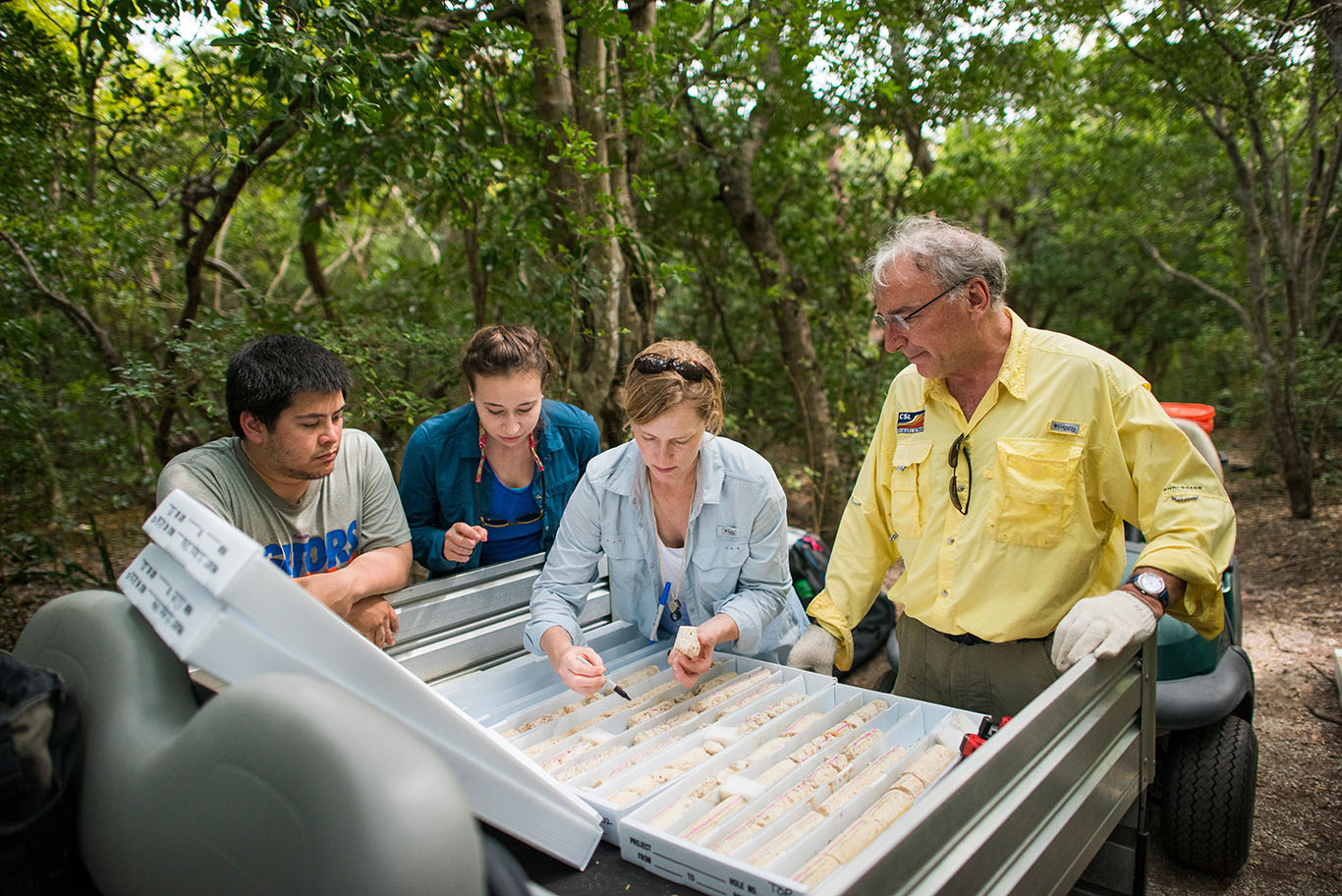
On the left, PhD students Peter Chutcharavan and Karen Vyverberg and on the right, Professor Andrea Dutton and Professor Gregor Eberli from the University of Miami inspect a fresh drill core of the approximately 125,000-year old fossil reef on Lignumvitae Key.
In 2015, Dutton headed a team of experts from the United States, Canada, Britain, and Germany who used multiple lines of evidence to reconstruct sea levels during three past warm periods. In each case, the results showed that when either temperatures or atmospheric carbon dioxide reached today’s levels or a little bit higher, sea levels rose by 20 feet or more.
The study was published in the July 2015 issue of Science and did not pin down how much time it took to reach peak sea levels in each of those warm periods. But Dutton’s fieldwork in the Seychelles suggests that most of the increase came near the beginning of Earth’s last warm period, when temperatures at the poles were a few degrees warmer than they are today.
That warming cycle, which took place between 120,000 and 130,000 years ago, was brought on not by higher levels of carbon dioxide in the atmosphere but by natural variations in Earth’s orbit that increased the amount of sunlight reaching the surface. So, it isn’t a perfect analog to today’s climate, but it is the period with the most reliable geologic evidence.
Dutton chose the Seychelles because the islands’ elevation is not affected by geologic factors that could confound sea level measurements. Resting more than 900 miles off the East African coast, the islands are not part of an active tectonic plate — that is, they are not on a moving piece of Earth’s crust. Nor are they close to landmasses that sank into Earth’s mantle, weighted down by massive ice sheets during the last ice age, and have been slowly rebounding ever since the ice sheets withdrew more than 18,000 years ago.
Cars are not allowed on some parts of the Seychelles, so the geologists usually walked or biked, carrying their gear. They subsisted mostly on cans and jars from local shops — pasta, tuna, mayonnaise, and Nutella. Lacking Wi-Fi access, Dutton had only one brief Skype conversation with her two young children.
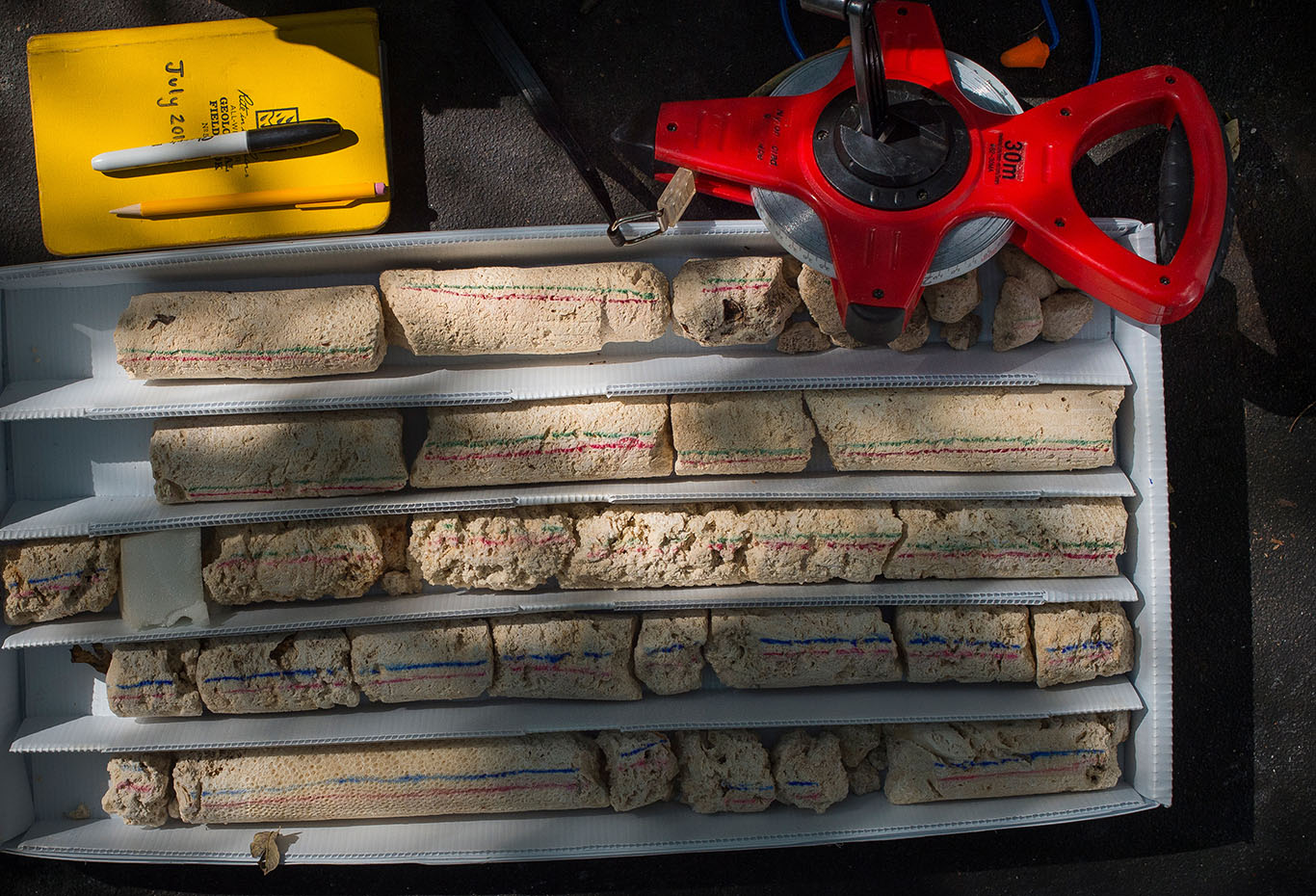
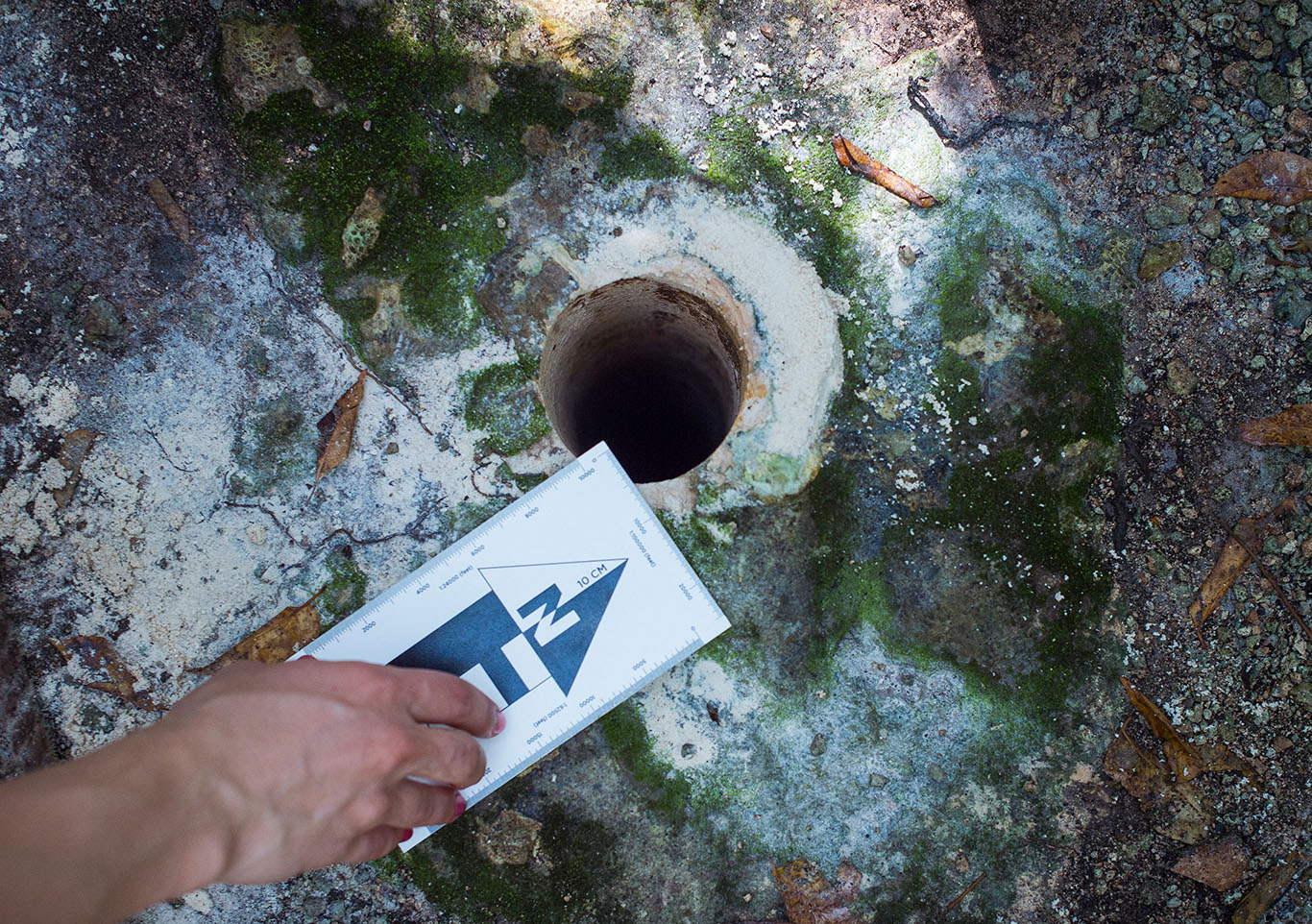
“As the polar ice sheets retreat, are they going to do it gradually, or are we going to see a sudden collapse of some sector of an ice sheet so that we get a step-like rise in sea level?”
The team sampled many ancient corals that were still intact, carefully surveyed their elevations, and took samples. Since corals can grow at different depths, they used clues like the corals’ species, or the types of fossilized algae attached to them, to reconstruct each specimen’s position on the reef and estimate the depth where it formed.
Back at UF, the samples were purified in Dutton’s clean lab, where researchers wear gloves, goggles, and jumpsuits to avoid contaminating the corals with trace metals. Next, a mass spectrometer scanned each sample for variants of uranium and its daughter element, thorium. The corals take up uranium, but not thorium, from seawater, and uranium breaks down into thorium at a fixed rate, so the researchers could calculate the age of each sample by comparing the ratio of the two elements in it.
By plotting each sample’s age and elevation on a graph, the researchers were able to track the rising seas on the Seychelles some 120,000 to 130,000 years ago. They found that seas had risen by about 20 feet overall.
The team found that thermal expansion of the oceans could account for less than 2 feet of the sea level rise they saw in the Seychelles. They hypothesized that a sizable fraction of the Antarctic ice sheet melted, raising sea levels about 15 feet, before the Seychelles corals began growing. After that, seas rose gradually due to the slower, partial melting of the Greenland ice sheet, they concluded.
After those results were published in 2015, Dutton’s research team reviewed all the available evidence from field studies, climate models, ice sheet models, and sea level models to assess patterns of sea level rise during two earlier warm cycles and the last interglacial period.
For all three time periods, they found temperatures 2 to 5 degrees Fahrenheit higher than today’s led to sea level rise of at least 20 feet. The temperatures at the poles during the past warm periods were comparable to those predicted in the next few decades if carbon dioxide levels in the atmosphere do not level off at 450 parts per million or less.
Only the oldest time period they studied, about 3 million years ago, also had atmospheric carbon dioxide levels close to today’s. Because scientists can’t reliably estimate the planet’s shape so long ago, and because of other uncertainties, the team considered estimates from that period, called the Mid-Pliocene warm period, unreliable. But for the other two warm cycles, only the loss of large amounts of polar ice could explain such extensive sea level rise, the researchers found.
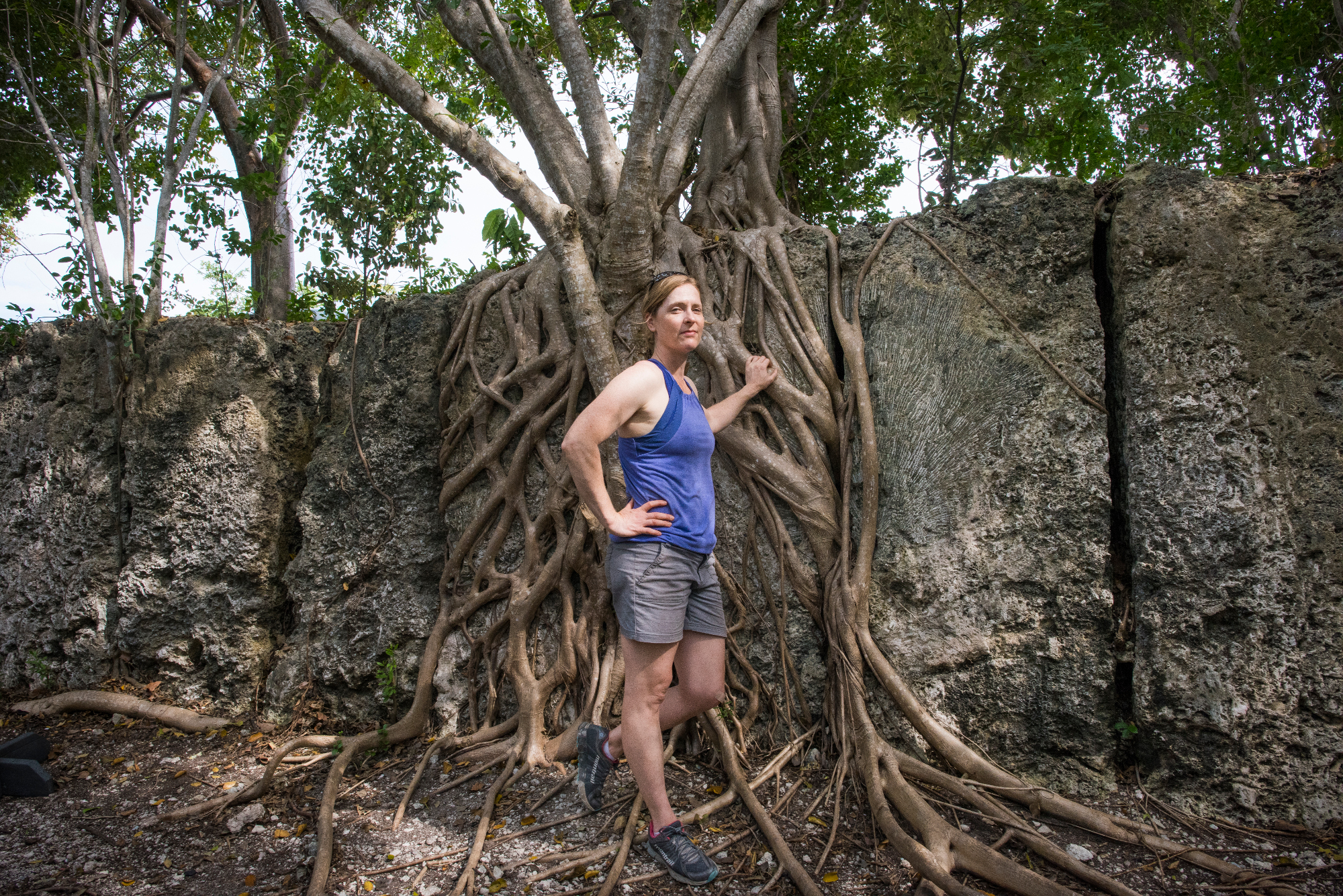
Professor Andrea Dutton stands beside the quarry walls on Windley Key that cut through a massive coral head (e.g., to the right of the tree roots) that grew when sea level was approximately 20 to 30 feet higher than present, submerging the landscape that we now know as the Florida Keys.
In April 2016, Dutton and her colleagues traveled to the Florida Keys, where the fossil corals that underlie most of the islands began forming about 120,000 years ago, in synchrony with the Seychelles reefs. She sampled corals at Windley Key, unearthed in the early 1900s when crews working for Henry Flagler quarried the ancient reef for stones to build the Overseas Railroad. Applying the dating technique she used on the Seychelles samples, which is accurate to within about 50 years, she is hoping to find out how quickly sea levels rose and whether the pace varied over time or stayed constant.
“That’s one of the fundamental questions my group is trying to answer,” Dutton says. “As the polar ice sheets retreat, are they going to do it gradually, or are we going to see a sudden collapse of some sector of an ice sheet so that we get a step-like rise in sea level?”
No one alive today will live long enough to see 20 feet of sea level rise, but this generation may be the last one with the opportunity to prevent sea changes that would be calamitous for the world’s coastlines.
“It has become all the more relevant now that I have children,” Dutton says. “I worry about them and their children.”
“We may not be committed to the whole 20 feet yet,” she says, although “that argument is becoming more difficult to make as time marches on. I think it’s extremely important for the whole society to understand what is happening to our Earth, how much of it we are responsible for, and not only what’s going to happen but, maybe, how we can change that future pathway.”
Heather Dewar is an environmental writer and editor of Second Nature News. This article originally appeared in When the Seas Rise published by the University of Florida Press and is reprinted with permission.
